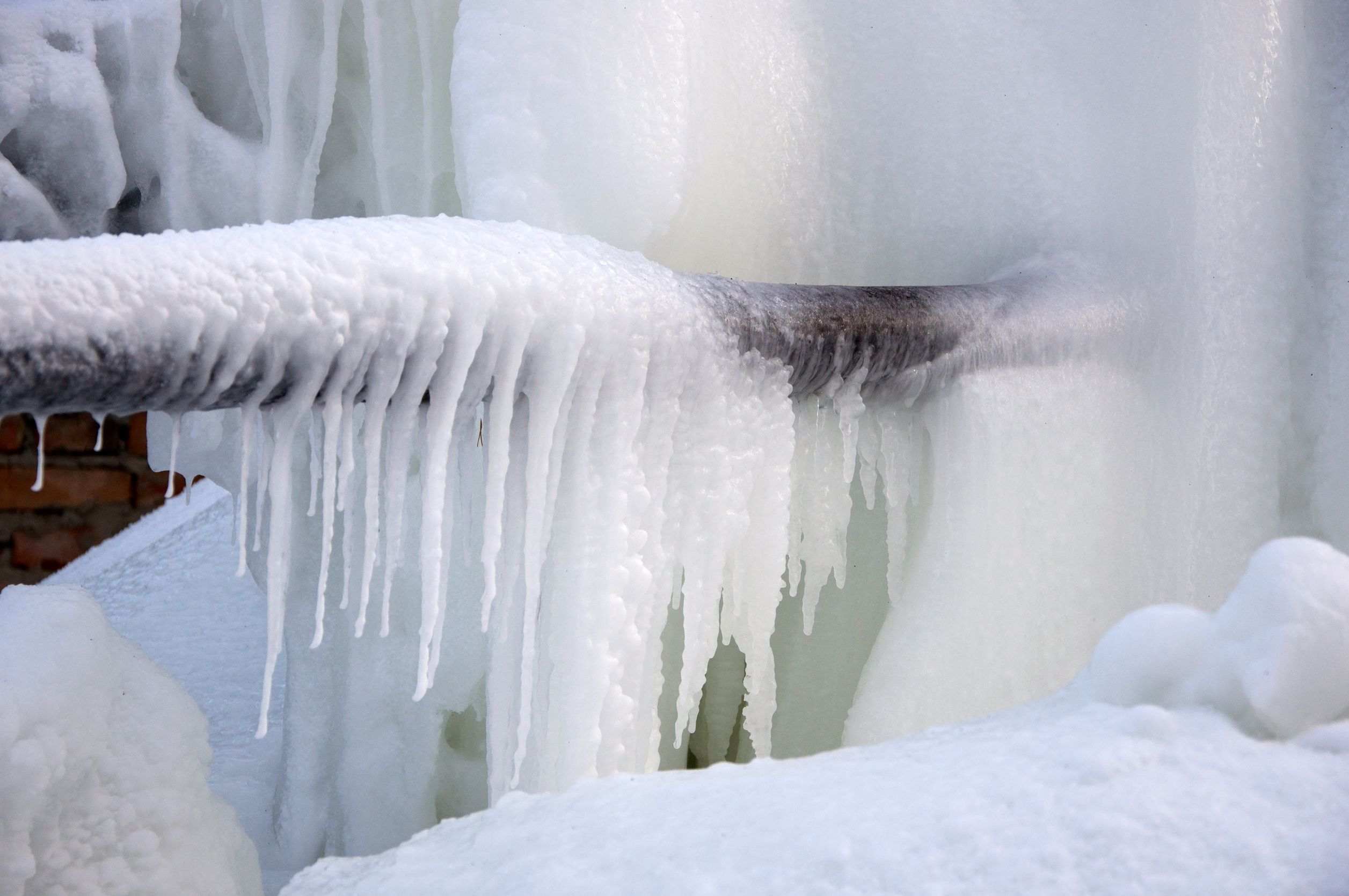Protect Against Frozen Plumbing in Cold Weather: Expert Advice
Protect Against Frozen Plumbing in Cold Weather: Expert Advice
Blog Article
This article further down involving Winter Plumbing Precautions: Preventing Frozen Pipes is relatively stimulating. You should check this stuff out.

Winter can damage your pipes, especially by freezing pipes. Right here's how to stop it from happening and what to do if it does.
Intro
As temperatures decline, the risk of icy pipes rises, potentially causing costly repair services and water damages. Understanding just how to prevent frozen pipelines is crucial for house owners in cool climates.
Prevention Tips
Protecting at risk pipes
Cover pipelines in insulation sleeves or utilize heat tape to shield them from freezing temperature levels. Concentrate on pipelines in unheated or outside areas of the home.
Heating methods
Maintain indoor rooms sufficiently heated up, specifically areas with plumbing. Open cupboard doors to enable warm air to distribute around pipes under sinks.
Exactly how to determine frozen pipes
Look for decreased water flow from faucets, unusual smells or sounds from pipelines, and visible frost on exposed pipelines.
Long-Term Solutions
Architectural modifications
Take into consideration rerouting pipes away from outside wall surfaces or unheated areas. Include additional insulation to attics, cellars, and crawl spaces.
Updating insulation
Invest in premium insulation for pipes, attic rooms, and walls. Correct insulation aids maintain regular temperatures and lowers the danger of icy pipes.
Safeguarding Exterior Plumbing
Yard hoses and outside taps
Disconnect and drain pipes yard hose pipes prior to winter. Set up frost-proof faucets or cover outside taps with shielded caps.
Understanding Frozen Pipelines
What creates pipes to freeze?
Pipes ice up when revealed to temperature levels below 32 ° F (0 ° C) for extended periods. As water inside the pipelines ices up, it increases, taxing the pipe walls and potentially causing them to burst.
Dangers and problems
Frozen pipes can cause supply of water disruptions, home damage, and expensive repair services. Ruptured pipelines can flooding homes and trigger substantial structural damage.
Indicators of Frozen Piping
Determining frozen pipes early can stop them from rupturing.
What to Do If Your Pipes Freeze
Immediate activities to take
If you presume icy pipelines, keep taps available to alleviate stress as the ice melts. Use a hairdryer or towels taken in hot water to thaw pipelines slowly.
Verdict
Avoiding frozen pipelines needs aggressive steps and fast reactions. By recognizing the causes, indications, and safety nets, property owners can shield their plumbing during winter.
5 Ways to Prevent Frozen Pipes
Drain Outdoor Faucets and Disconnect Hoses
First, close the shut-off valve that controls the flow of water in the pipe to your outdoor faucet. Then, head outside to disconnect and drain your hose and open the outdoor faucet to allow the water to completely drain out of the line. Turn off the faucet when done. Finally, head back to the shut-off valve and drain the remaining water inside the pipe into a bucket or container. Additionally, if you have a home irrigation system, you should consider hiring an expert to clear the system of water each year.
Insulate Pipes
One of the best and most cost-effective methods for preventing frozen water pipes is to wrap your pipes with insulation. This is especially important for areas in your home that aren’t exposed to heat, such as an attic. We suggest using foam sleeves, which can typically be found at your local hardware store.
Keep Heat Running at 65
Your pipes are located inside your walls, and the temperature there is much colder than the rest of the house. To prevent your pipes from freezing, The Insurance Information Institute suggests that you keep your home heated to at least 65 degrees, even when traveling. You may want to invest in smart devices that can keep an eye on the temperature in your home while you’re away.
Leave Water Dripping
Moving water — even a small trickle — can prevent ice from forming inside your pipes. When freezing temps are imminent, start a drip of water from all faucets that serve exposed pipes. Leaving a few faucets running will also help relieve pressure inside the pipes and help prevent a rupture if the water inside freezes.
Open Cupboard Doors
Warm your kitchen and bathroom pipes by opening cupboards and vanities. You should also leave your interior doors ajar to help warm air circulate evenly throughout your home.

We had been shown that article about 6 Ways to Prevent Frozen Pipes through an associate on another web blog. Do you know about somebody who is occupied with How to prepare your home plumbing for winter weather? Why not share it. We treasure your readership.
Book Today! Report this page